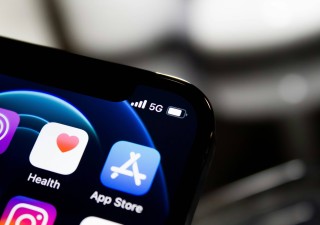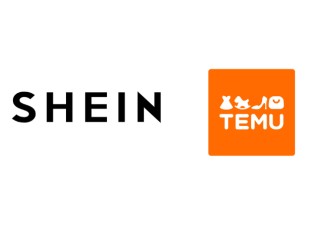USPTO Employees Bilk Taxpayers Out of US$18 Million
12 September 2016

Employees at the US Patent and Trademark Office have cost taxpayers more than US$18.3 million – and possibly as much as double that figure – after skipping out on some 300,000 hours of work while still collecting their paychecks, the inspector general for the US Department of Commerce said in a report released on August 31.
The report comes one year after the Office of Inspector General (OIG) released a report outlining extensive time and attendance abuse by “Examiner A,” a patent examiner at the USPTO who received US$25,500 by falsely claiming to telework at least 730 hours in fiscal year 2014 while he was instead at bars and a driving range. At that time, the OIG raised questions about the adequacy of USPTO internal controls, given the extent of Examiner A’s abuse, and management’s inability to prevent, detect, or stop it.
The initial report on Examiner A led the OIG to conduct a minute-byminute review of data for 94 percent of USPTO patent examiners’ claimed work hours to determine whether the evidence supported work performance, focussing on two overlapping periods: a 9-month period and a 15-month period, both taking place largely in 2015.
For the 9-month period, the OIG reviewed specific work activities of approximately 8,100 patent examiners and identified 137,622 unsupported hours. This equates to a one-year average of nearly 180,000 unsupported hours.
For the 15-month period, the OIG analyzed work activities for roughly 8,400 examiners and identified 288,479 unsupported hours.
The report states that the OIG adopted a conservative approach in considering the evidence. “These considerations resulted in the OIG excluding a significant amount of unsupported hours in order to ensure that the methodology did not assume unfairly that a particular examiner was not working,” the report stated. “Based on certain examiner records, however, the OIG found that the total unsupported hours over the 9- and 15-month periods could be twice as high as reported in this investigation.”
The data showed that more than 400 patent examiners were paid but did not show up for work at least one day every other week. More than 50 of these employees were not working an average of three days.
“The analysis does not determine the maximum number of hours the employees actually worked, but rather determines the maximum possible hours worked,” the report said. “The OIG fashioned the methodology in this way to give each examiner the best chance to meet their claimed hours. Thus, the analysis capped the daily hours worked at the amount of daily hours claimed by the examiner.”
In the 9-month period, 296 of all examiners covered had 10 percent or more unsupported hours and accounted for 39 percent of the total unsupported hours, yet 226 of those 296 examiners accounted for over 42,000 unsupported hours and also received above-average annual performance ratings. Similar numbers were found in the 15-month period; the total unsupported hours could in the 15-month period could have reduced the patent application backlog by approximately 15,990 cases, the report said.
As of April 2016, there were approximately 550,000 pending applications awaiting processing.
Although the majority of examiners with unsupported hours received average or better performance ratings, the USPTO requires that only poor performers provide their supervisors with work schedules.
The report indicates that getting paid for hours not worked is not particularly difficult at the USPTO. For example, the USPTO does not require teleworkers to log in to their computers on workdays if they do not telework full-time. At the same time, the USPTO does not require that on-campus examiners use their USPTO-issued ID badges to exit through the access control turnstiles during weekday working hours.
“The data suggest that USPTO’s production goals are out of date and do not reflect current efficiencies,” the report said.
USPTO chief communications officer Patrick Ross said in a statement that the USPTO “[continues] to focus on time and attendance compliance among USPTO employees.” He called the report “a resource in our ongoing efforts to improve.”






